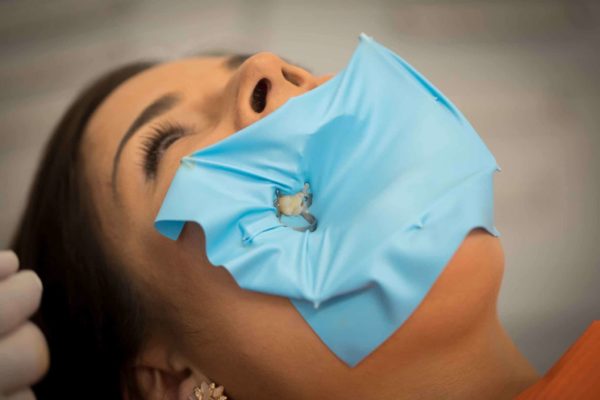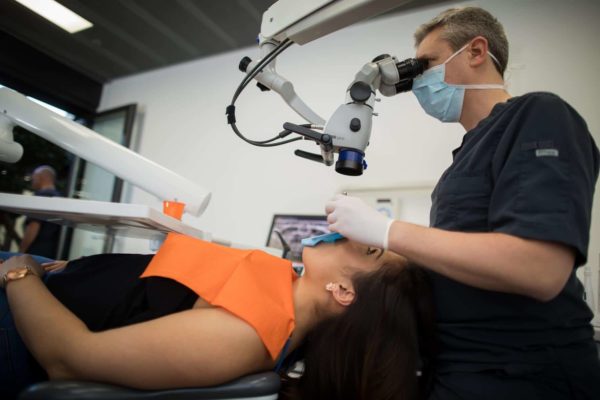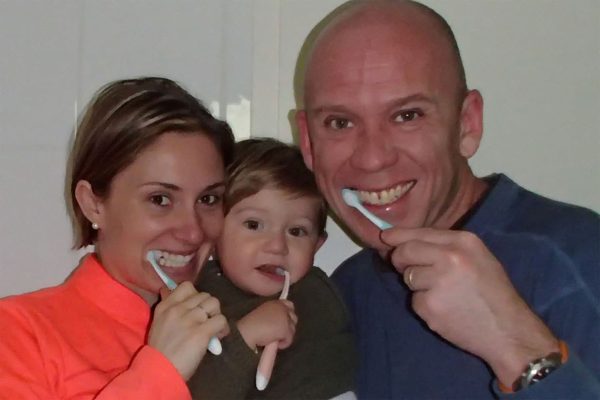Caries treatment in Geneva
Caries treatment is part of general dentistry, also known as general practice, and is the most frequent treatment performed by all our general dentists.
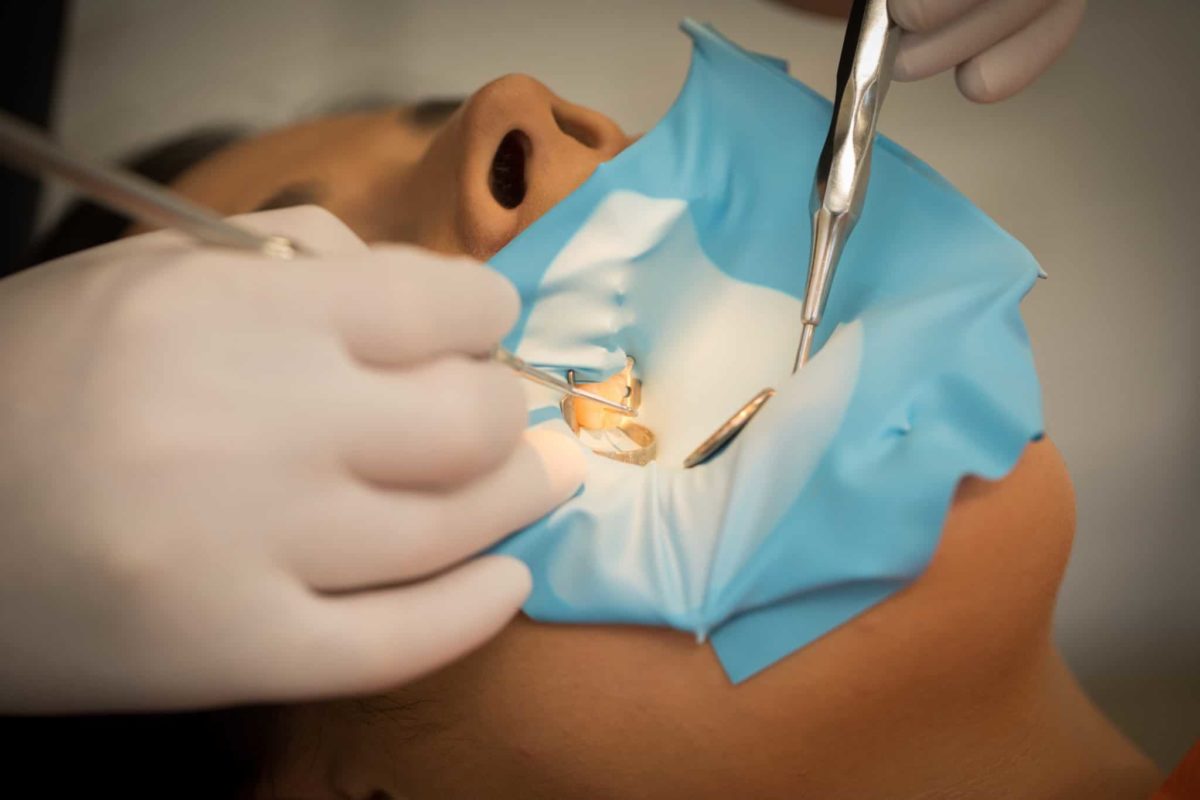
This general dentistry covers 3 main categories of treatment:
- Conservative treatment: corresponds to the treatment of cavities. Treatment techniques at Geneva’s Centre Médico-Dentaire Balexert always favor the least invasive and longest-lasting fillings to restore tooth integrity.
- Endodontics: corresponds to root treatments. If tooth decay becomes deep and damages the dental nerve, root treatment must be performed. This type of treatment requires great finesse and state-of-the-art equipment.
- Pediatric dentistry: corresponds to the care of children. Caries treatment for children in Geneva is taken very seriously and requires a specific, gentle approach. Cavities in children can sometimes be difficult to see (smear caries, interdental caries) and require regular x-rays.
Caries treatment
Conservative dentistry is a specialty of dentistry that focuses on the prevention and treatment of dental caries.
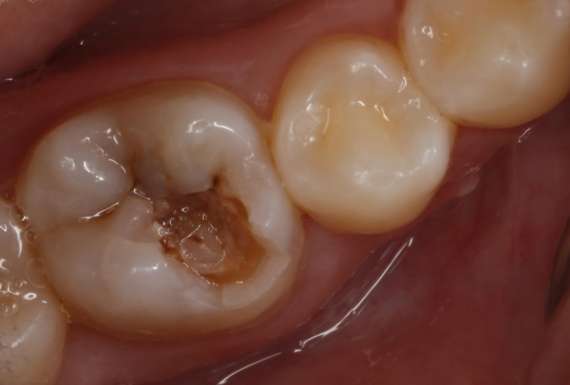
1. What is tooth decay?
Tooth decay is a disease caused by a specific type of bacteria, present in adults and children alike. These bacteria are located in dental plaque (the deposit on teeth) and feed on the sugars we consume to produce acid. This acid leads to the formation of cavities in the teeth, known as dental caries. All teeth can be affected: incisor decay, canine decay, premolar decay, molar decay and wisdom tooth decay.
2. When should you see a dentist about tooth decay?
Contrary to popular belief, decay is not painful in its early stages, but it should not be neglected. Indeed, if left untreated, this early stage of decay continues to progress until the tooth is completely destroyed. And it’s only when the decay has reached the dental nerve that pain can begin to appear: first when cold is applied, then when heat and pressure are applied.
For this reason, we strongly recommend that you have a full dental check-up, usually accompanied by x-rays, with a dentist once a year, to screen for cavities.
3. How to prevent tooth decay
At the Centre Médico-Dentaire Balexert, “prevention” is the watchword of our practice. Our aim is not only to treat existing cavities, but also to do everything we can to prevent new ones appearing in the years to come. But how can we prevent cavities?
The risk of developing cavities depends mainly on three factors:
- dental plaque: composed of food scraps and saliva, it is deposited on teeth and serves as a growth medium for bacteria.
- food: mainly sugars... but beware: sugar is also hidden in many salty foods (chips, French fries, etc.) or in otherwise unexpected foods, such as breast milk or cow's milk.
- We're not all the same when it comes to cavities. Our genetic make-up, the composition of our saliva and bacterial flora, the position of our teeth... can all influence the risk of cavities.
Now that we know the 3 factors involved in the development of tooth decay, prevention consists in applying good habits to act on them, for example:
- prefer water to sugary drinks
- avoid snacking between meals
- do not eat after brushing (especially) before going to sleep
- brush your teeth regularly (at least 2 times a day), combined with interdental cleaning (once a day)
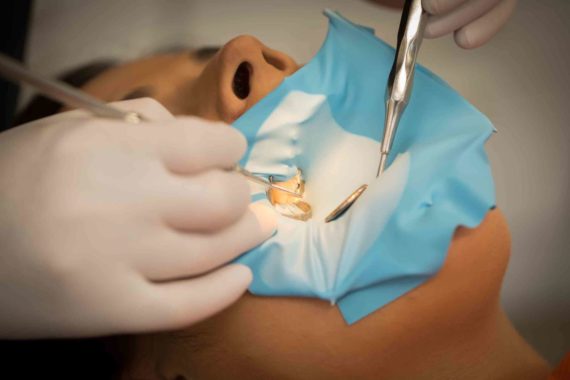
4 How is tooth decay treated?
Today, our treatment philosophy is conservative dentistry. New technologies enable us to preserve as much healthy tooth substance and, above all, the living tooth as possible. Treatment is therefore less costly, less invasive and involves the creation of an aesthetic (white) and resistant composite resin reconstruction.
Caries treatment is performed under local anaesthetic, and the dentist removes the tooth decay using a variety of burs or lasers, then reconstructs the tooth with white composite resin.
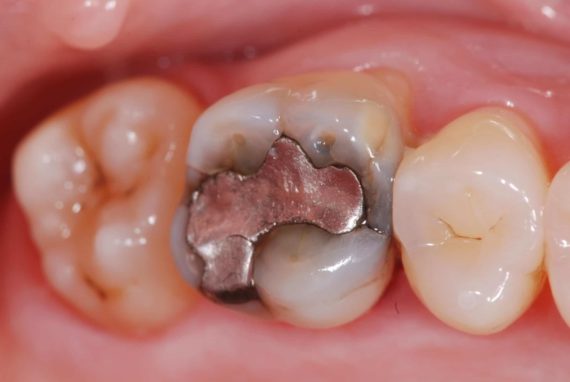
5.amalgam replacement
Dental amalgams, often erroneously referred to as fillings (they do not contain lead, although their appearance is reminiscent of this heavy metal), essentially contain mercury and silver, as well as other metals in smaller quantities.
Dental caries can form under old amalgam fillings without necessarily being visible to the naked eye or even on X-rays. What’s more, over the years, these old filling techniques lead to cracks and even fractures in the tooth. Replacing old amalgam fillings with composite resin is therefore often recommended.
A frequently asked question is whether amalgam fillings should be replaced because of their potential toxicity. At present, there is no indisputable scientific proof that amalgam is toxic. For this reason, we do not recommend the systematic replacement of amalgams in good condition and at low risk of inducing dental fractures.
6. Caries treatment in Geneva at the Centre Médico-Dentaire Balexert
Dental check-ups at our center consist of a thorough clinical examination, combined with digital X-rays where indicated and the use of a fluorescence-based electronic caries detector (DIAGNOdent®).
Each chair at the Centre Médico-Dentaire Balexert is equipped with a monitor and an intra-oral camera, enabling dentists to visually show patients their dental X-rays for diagnostic confirmation, and intra-oral shots to clearly illustrate any problems and treatment steps.
